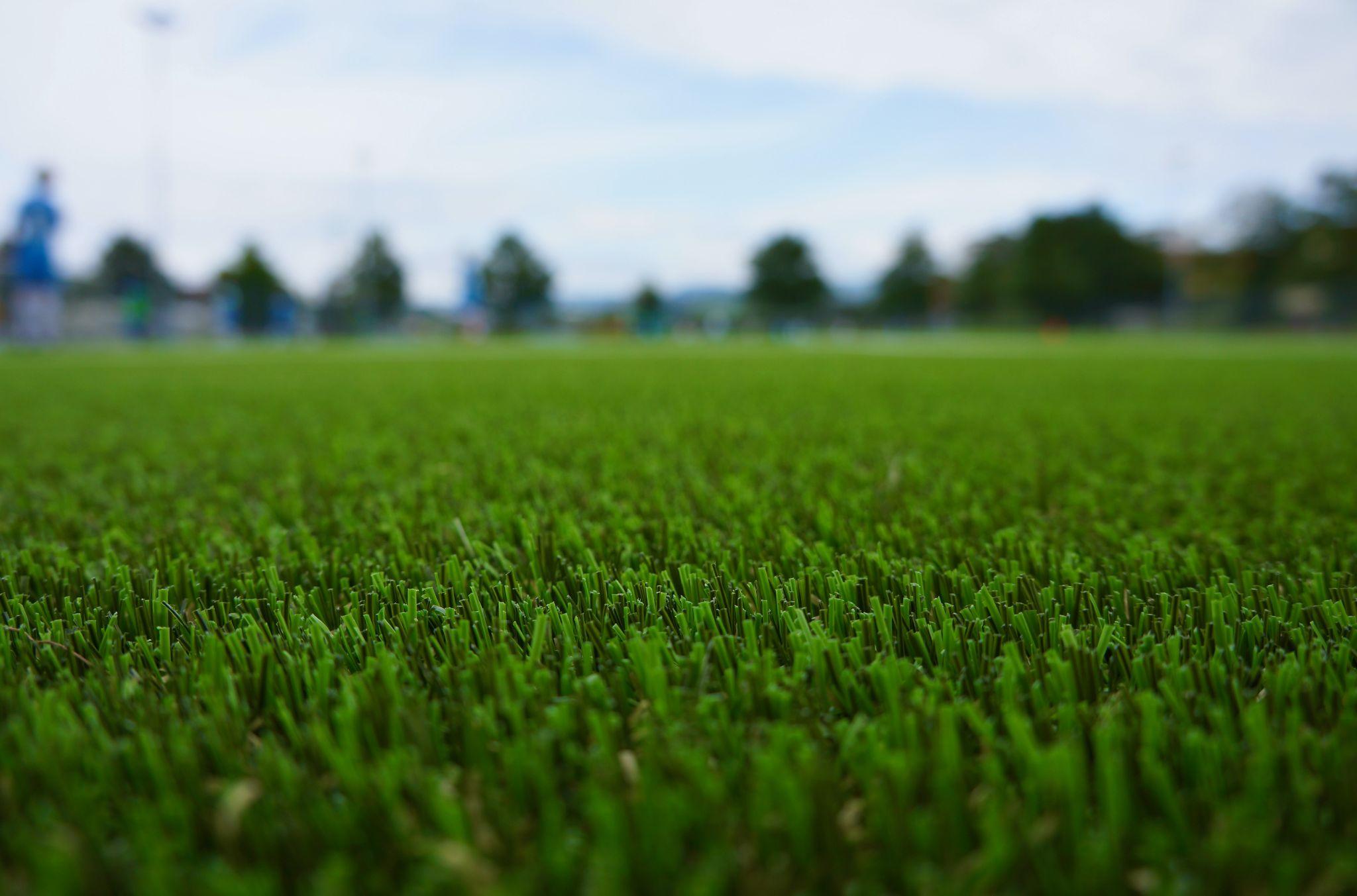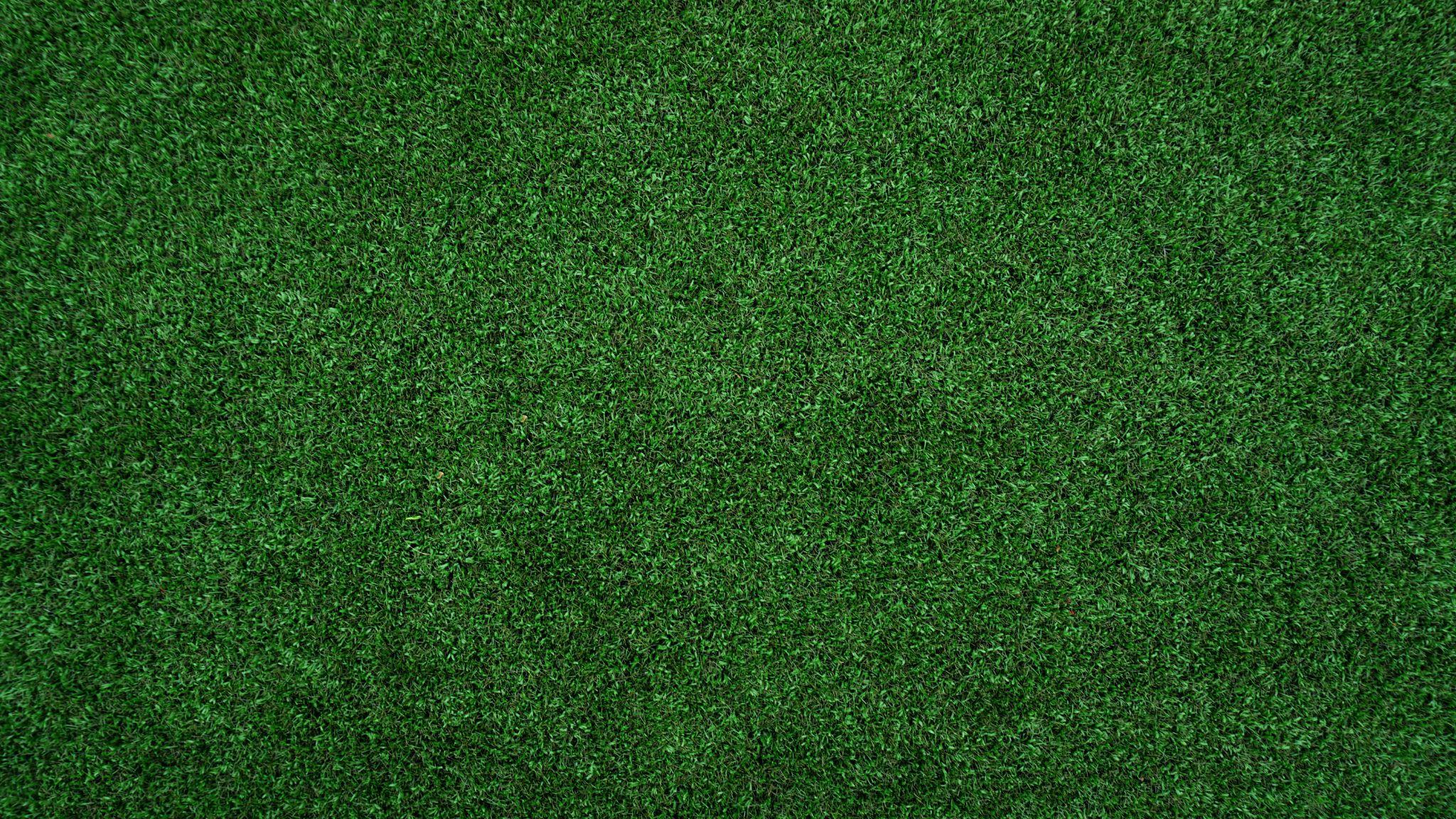

Have you ever wondered how something as basic as plastic can become such a lovely lawn? It all begins with white plastic pellets, which serve as the basic material. These are then mixed with green pellets, which contain the colors, UV stabilizers, and additives. Finally, the mixture is extruded into the desired shape.
The plastic is melted together by the machinery, and then it is forced through a steel plate that has holes punched in it. The combination of artificial grass solidifies as the strands escape the steel plate and fall into a water-filled trough.
While the strands are being transported to the next station, a machine will draw them via a big pulley while maintaining their separation. The strands are thinned down by rollers until they are on par with the thickness of actual grass. The strands of artificial grass are wound onto spools.
After the spool has been completely loaded, several synthetic yarns are created by weaving together strands of various colors of the same material. While being wrapped onto a massive spool, the yarn is routed via guides, which prevents it from becoming looser as it works its way around the spool.
Tufting The Grass
As the synthetic yarn makes its way through the tubing and into the tufting machine, the mesh fabric is combined with the synthetic sheeting. A tufting machine, which resembles a huge sewing machine and has more than 200 needles, is used to hook yarn through sheeting.
During the process of tufting the turf, little knives placed below cut the ends of the yarn to make it seem like individual grass blades. The backing is then transferred to a coating roller, which collects adhesive in order to apply it to the backing of the grass.
The glue is allowed to dry in a position that is both open and closed at the same time. As the grass emerges from the drying process, hot pins are used to burn drainage holes into the surface of the turf.
The turf is transported to a device that replicates football cleats after passing through a number of inspection steps, including measuring the grass fiber length and light trimming, to confirm the turf’s endurance.
What Is The Makeup Of The Turf?
Because of this ongoing process of development, synthetic grass like https://www.turfdistributors.com/ offers has progressed to become the high-quality material that is used in the majority of landscape installations today.
Polyethylene, a kind of plastic used to make everyday products like water bottles and grocery bags, is what gives fake grass its green appearance. The solid pellets of polyethylene are heated along with any pigments or UV-protective chemicals.
Synthetic grass often has a thatch layer constructed from either polypropylene, polyethylene, or nylon. The thatch layer helps the grass recuperate from wear and tear on the blades.
A tufting operation, which is essentially a large device with hundreds of needles, is used to insert rows of synthetic grass blades into the backing of the turf. This machine strengthens the grip that the thatch and grass blades have on one another, which in turn extends the life of the turf and makes it more resilient.
 It All Started With Astroturf
It All Started With Astroturf
Astroturf constructed the first synthetic grass pitch in the Houston Astrodome in 1966. Because of its installation, numerous sports fields throughout the United States that could not ordinarily keep natural grass in good condition now do.
Draining The Turf
In order for water to enter the water table (https://en.wikipedia.org/wiki/Water_table), drainage systems are largely designed to enable water to permeate through the turf’s backing. The backing of most synthetic grass is often perforated by holes that have a diameter of around half a centimeter and are capable of draining at a pace of even more than 30 inches in an hour for every square yard.
The vast majority of artificial putting greens are the only exception to the rule, since practically all landscape grass is perforated and facilitates simple drainage. The accumulation of spores and germs inside the synthetic grass may be reduced by installing an efficient drainage system, which also aids in cleanup.
There is a wide variety of blade forms that can be squeezed out during the extrusion process of creating synthetic grass, similar to how you would push out play-dough in a variety of shapes. Your lawn will look different depending on which of these blade types you choose to use, since each one is designed to accomplish a certain task and provide a particular result.
Diamond Delustered Fiber
Synthetic turf that has been cut into the form of a diamond and given a matte finish has the feel of natural grass but is far more durable. It is an excellent choice for use as a landscaping grass in both residential and commercial settings.
